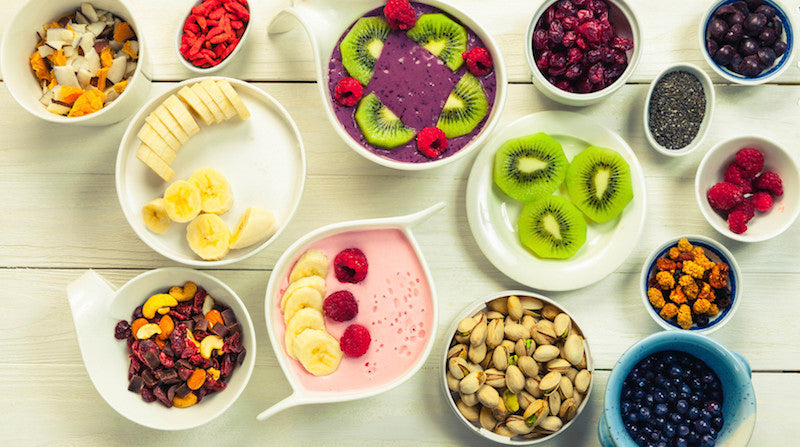
One of the biggest obstacles people will state as the reasons they don’t eat healthy or choose to follow a plant-based diet, is because cooking healthy food is hard. It takes a lot of time, a lot of money, and surely requires lots of skills and equipment that I don’t have.
In reality, it’s far from the truth.
Yes, vegan cooking takes some getting used to, especially if you haven’t done much of it before. But the truth is, that if you have a bit of patience, stock your pantry with the right ingredients and are willing to be a little creative, cooking healthy, plant-based meals at home is definitely doable. Here are some tips to help you out:
1) Get a food processor
You can get away without one for a while, but sooner or later, if you want to start experimenting with vegan cooking and have it reach its full potential, a food processor is definitely in order. In vegan cooking, you learn to make substitutes for lots of things and use alternatives for traditional non-plant based products. Think things like avocado in place of cream in sauces, cauliflower and squash pureed to make desserts and puddings. Many of these alternatives require the use of a food processor to make them happen. The best part though is that you can use a food processor to make delicious thick smoothie bowls or banana nicecream, which may just become your new favourite thing!
2) Be creative and adventurous
Given that vegan cooking and baking means there are a lot of ingredients you can’t use (eggs, butter, cream, milk etc.), it requires a certain amount of creativity and an open mind for clever substitutions to help you achieve the results you want without the standard ingredients. Go have a look at some vegan recipes, and you may be surprised to see what’s in them – everything from pureed lentils and chickpeas to pureed cauliflower to the brine of chickpeas for vegan macaroons!. In any given vegan food, there’s likely things you may not think of combining or using, but give them a try anyway and you may be surprised at the results!
3) Don’t just replace the meat component with fake meat
If you are just buying Tofurky in place of turkey and veggie burgers in place of beef, you will soon be bored, disappointed, and not getting a very well rounded nutritional profile. These fake meats are often processed and high in sodium, as well as filled with additives to reproduce the taste and consistency of the traditional meat counterparts. Instead, play around with legumes, tofu and tempeh as alternate protein sources and you’ll be able to get way more creative in the kitchen!
4) Learn about beans and legumes and how to use them
In order for you to get your daily intake of protein and fiber, beans and legumes will become a staple of your vegan diet, and as I mentioned in number 3, it’s a great idea to play around with them and try different ways to use them such as in burgers, wraps, as dips and spreads, and even in desserts! Legumes are very versatile and can be used in many dishes and in many different ways.
5) Stock your pantry
Failure to fill your pantry with proper ingredients, including lots of fruit, veggies, whole grains and plant-based proteins, will just be setting yourself up for failure from the beginning. You can’t expect to cook a delicious, healthy meal if you don’t have any ingredients to cook with! Take some time, (and money) to invest in setting up your pantry with all the ingredients that will ensure your success (and prevent you from getting discouraged and giving up later).
By: Laura Peill – (Check out her blog Chronicles of Passion & Facebook)

Leave a comment